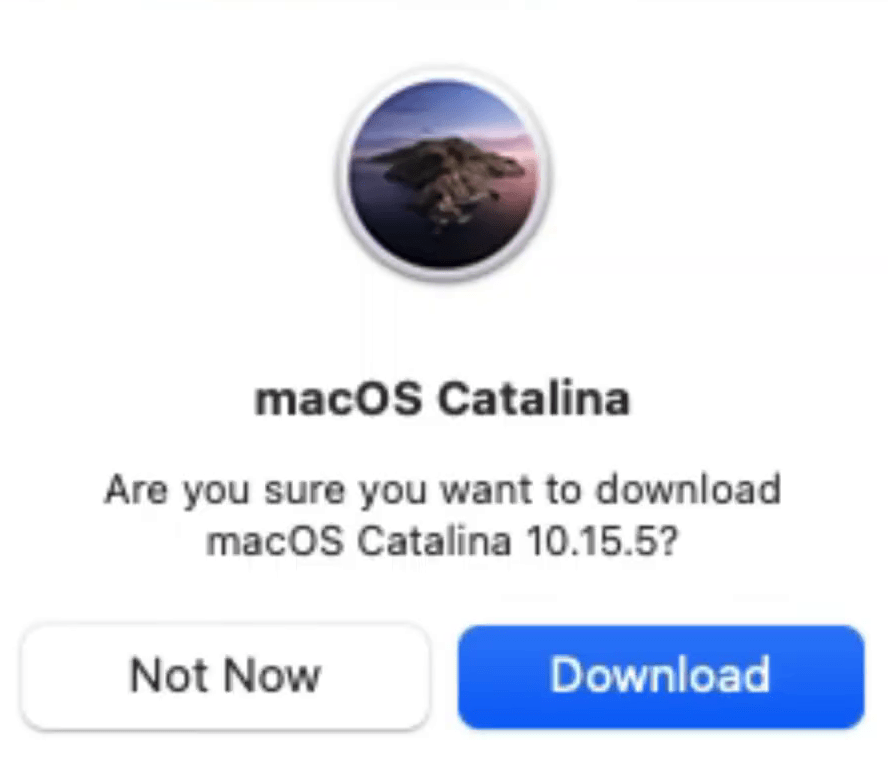

Insert the hard drive used for Time Machine and choose to Restore from Time Machine Backup under OS X Utility, choose the inserted hard drive. Start or restart your Mac and hold command + R keys to enter the Recovery Mode, or hold the Option/Alt and then choose the Recovery option. If you haven't created such a backup, please jump to Method 2 to downgrade Mac OS. So if you have created backups for your Mac data and macOS, follow the below steps for a guide.
#Downgrade to macos catalina mac os#
This method is designed for those users who have used Time Machine to back up their Mac data including the Mac OS when it was running the previous old system. Notice: This method applies to downgrade macOS: Big Sur to Catalina, Catalina to Mojave, Mojave to High Sierra, High Sierra to Sierra and downgrade Mac OS X: Yosemite to El Capitan, etc.
#Downgrade to macos catalina mac os x#
Downgrade macOS or Mac OS X with Time Machine Here, you'll find two methods for you to downgrade macOS without losing data and you can choose either one as a guide. After backing up all data, then you can start to revert macOS with ease. Open the Mac disk and click "Users" file folder > Select all files and data that you want to back up and drag to the My Backup file folder.Open the backup disk and create a file folder and name it, for example, "My Backup".


Full stepsĪfter reverting macOS or Mac OS X, run EaseUS Mac file recovery software > Scan and recover lost data. Full stepsīack up data first > Plug in USB and launch Disk Utility > Erase USB > Rename it as "My Volume". Start Mac and hold Command + R keys > Enter Recovery Mode > Insert Time Machine drive.


 0 kommentar(er)
0 kommentar(er)
